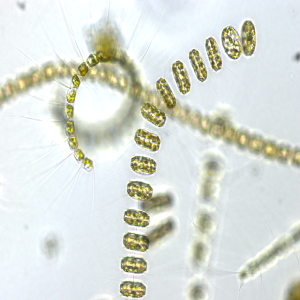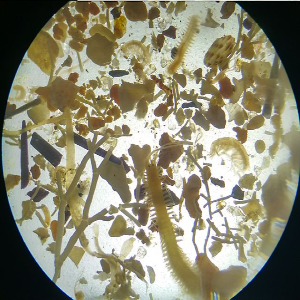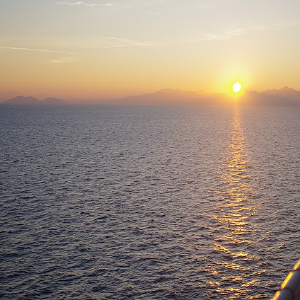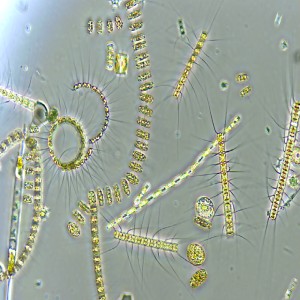Contrasting dynamics and environmental controls of dispersed bacteria along a hydrologic gradient

Accepted: 17 December 2017
All claims expressed in this article are solely those of the authors and do not necessarily represent those of their affiliated organizations, or those of the publisher, the editors and the reviewers. Any product that may be evaluated in this article or claim that may be made by its manufacturer is not guaranteed or endorsed by the publisher.
Freshwater bacterioplankton communities are influenced by the transport of bacteria from the surrounding terrestrial environments. It has been shown that, although most of these dispersed bacteria gradually disappear along the hydrologic continuum, some can thrive in aquatic systems and become dominant, leading to a gradual succession of communities. Here we aimed at exploring the environmental factors driving the structure of such contrasting bacterial populations as well as their functional properties. Using Illumina sequencing of the 16S rRNA gene, we characterized the taxonomic composition of bacterioplankton communities from 10 streams and rivers in Québec spanning the whole hydrologic continuum (river Strahler order 0 to 7), which were sampled in two occasions. With the aim to understand the fate and controls of the transported bacteria, among the taxa present at the origin of the hydrologic gradient (i.e., in the smallest headwater streams) we identified two types of dynamics: i) ‘Tourist’ taxa, which were those that decreased in abundance from the headwaters towards the largest rivers, and ii) ‘Seed’ taxa, those that increased their abundances along the hydrologic continuum. Communities changed gradually from the fast-flowing headwater streams dominated by ‘Tourist’ taxa (ca. 95% of the sequences) towards the largest rivers (Strahler order 4-7) where ‘Seed’ taxa comprised up to 80% of community sequences. Variation in taxonomic composition of the communities dominated by ‘Tourist’ taxa in streams seemed related to different degree of terrestrial inputs, whereas compositional changes in ‘Seed’ communities in the large rivers were linked to differences in autochthonous processes. Finally, the two types of communities differed significantly in their metabolic potential assessed through Biolog Ecoplates. All this suggests that hydrologic transport modulates the gradual replacement of two contrasting population types subjected to different environmental controls and with different metabolic potentials. Moreover, we show that the separate exploration of the two pools of taxa allows unveiling environmental drivers and processes operating on them that remain hidden if explored at the whole community level.
PAGEPress has chosen to apply the Creative Commons Attribution NonCommercial 4.0 International License (CC BY-NC 4.0) to all manuscripts to be published.



 https://doi.org/10.4081/aiol.2017.7232
https://doi.org/10.4081/aiol.2017.7232







